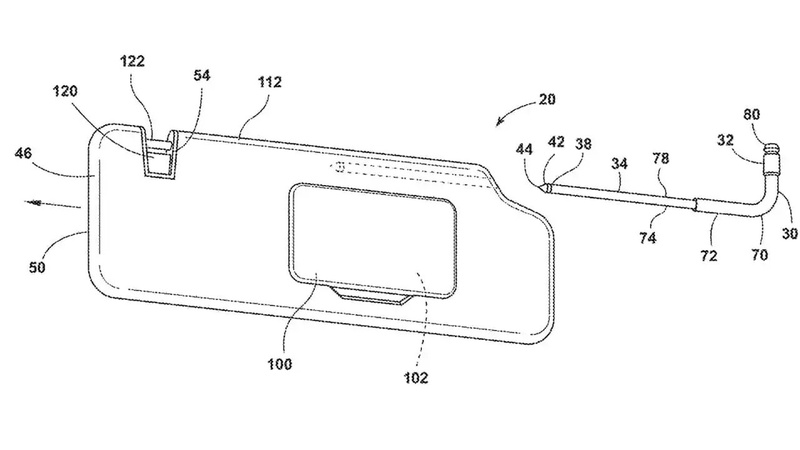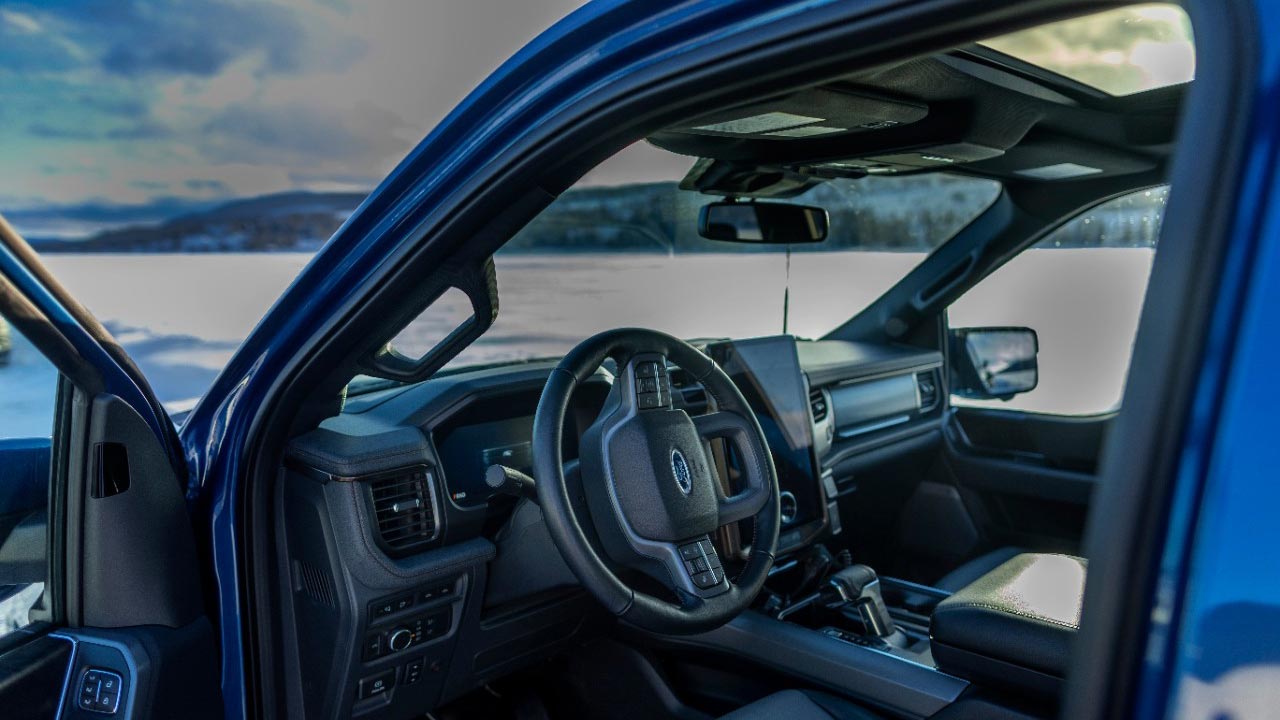The patent's illustrations depict a standard sun visor, akin to what you'd encounter in most automobiles. It's affixed to a metal rod, enabling the visor to swivel for optimal sun blocking. However, this is not a permanent setup. The visor can be detached to expose a pointed end, described as the "impact point" in the patent language. Moreover, the rod itself can be disengaged from its ceiling mount, providing a handheld tool designed to break windows in emergency situations.
The patent's practicality is still up for debate. Traditional window-breaking implements usually resemble a small hammer or have an ergonomic handle for a firm grip. While the patent doesn't specify the size of the integrated glass breaker, it does emphasize an L-shaped curve in its design. Whether this feature would grant enough leverage for effective window breaking remains an open question—hopefully, one that won't require real-world testing.


As for the risk of accidental window breakage, the patent doesn't offer explicit details. Nevertheless, it does employ technical terminology to discuss the application of "vehicle-downward force" and "lateral force opposite the terminal end," suggesting a secure attachment mechanism for the rod.
Although the concept seems straightforward and potentially life-saving, it's worth noting that many patented innovations never make it to mass production. So, the feasibility of this dual-purpose sun visor seeing real-world application is still uncertain.
Source: Motor1

